How I Test My Tea

If you're a tea drinker, chances are you've wondered how I test my tea. There is no easy way to do this. After all, tea is more than just a beverage - it's an experience. And like any good experience, it should be savored and enjoyed to the fullest.
Taste and flavors sometimes are very subjective. But this is how I do it.
1. Keep making the same tea over and over again for multiple different days or sometimes even weeks.
When it comes to tea, there are many factors that can affect the taste. The type of tea, the quality of the leaves, the water temperature, steeping time, and even the vessel in which it is brewed can all impact the taste of the final cup. By brewing the same tea multiple times, you will be able to hone in on the perfect brewing method for that particular tea.
In addition, by drinking the same tea day after day (or week after week), you will begin to notice subtle changes in its flavor.
This way, you'll always know exactly how to make it taste its best and how it tastes on different occasions.
2. Compare side by side with a similar tea that is better quality.
This will help you to identify any nuances in flavor that you may not have noticed before.
It can be difficult to know if you're getting a good quality product unless you have something to compare it to. That's why comparing teas is so important. By tasting two similar teas side by side, you can get a better understanding of the nuances in flavor and quality. This is also a great way to reset your taste buds so you can more accurately identify the characteristics of each tea.
There are a few things you should keep in mind when comparing teas. First, make sure you're comparing similar types of tea. For example, if you're trying to decide between two black teas, that's fine. But don't try to compare a black tea to a green tea—they're just too different. Second, pay attention to the brewing instructions. This will ensure that you're making the teas in the same way so that the comparison is fair. Finally, take your time when tasting each tea. Savor the flavor and pay attention to the aroma, color, and aftertaste. Doing this will help you identify any subtle differences between the two teas.

3. Drink the same tea with different people with different tea preferences.
This will help you to see how others react to the tea and what they think of its flavor. No matter how much they know about tea, good tea should impress even beginners.
That being said, it can be interesting to see how different people react to the same tea. Do they taste the same things? Do they have the same opinions on the flavor?
The key is to try the tea with as many people as possible.
4. Make them extra strong either by using boiling water or steep them longer time than normal and pay attention how the complexity of the tea changes.
There are many factors that go into making a good cup of tea. The water you use, the type of tea, the steeping time, and the temperature all play a role in the final product. But what if you're using high-quality tea leaves and you're still not getting the results you want? One easy way to tell if your tea is of good quality is to make a strong cup. This can be done by using boiling water or steeping the tea for a longer period of time than normal. Pay attention to how the complexity of the tea changes as it steeps. This will help you to identify any subtle flavors that you may not have noticed before. Good tea should still taste good even after over-steeping it.
Bitter doesn't always mean bad. Many amazing teas will taste a bit bitter, but they should go away immediately, followed by a lingering sweet aftertaste.
5. Brew the tea over many infusions using the gongfu tea method.
For those who are unfamiliar, gongfu tea is a style of Chinese tea ceremony that emphasizes the art of tea making. This method of brewing tea usually involves using a small teapot or gaiwan and multiple small cups. One of the benefits of brewing tea using the gongfu method is that you can brew the same leaves multiple times and enjoy the subtle changes in flavor that occur with each infusion.
Pay attention to how many times you can brew the same tea when using the gongfu method. How does the quality change after multiple brews? Does it lose flavor quickly or does it get better the more you brew it?
How Many Times Can You Brew Tea Using the Gongfu Method?
The short answer is that it depends on the type of tea you're brewing. Many of our best teas can be infused at least 6-8 times. Puerh tea and aged white tea can be infused 15 times and generally need 3-4 infusions before they reach their peak flavor. On the other hand, green teas usually only need 1-2 infusions before they start to lose their flavor.
Of course, these are just general guidelines. The best way to figure out how many infusions your particular type of tea can take is to experiment and taste as you go. After a few brews, you'll start to get a feel for how long each type of tea lasts before it starts to lose its flavor. The more you practice with this method, the better you'll understand the quality of your tea.
6. Feel the Tea Leaves.
One of the easiest ways to tell if your tea leaves are high quality is by simply touching them. After you've brewed your tea, take a small handful of leaves and rub them between your fingers. Different types of tea will have different things to look for, but in general, good quality tea leaves will feel heavy, silky, and creamy. They should also be difficult to tear apart. Another way to tell if your tea leaves are high quality is by looking at their color. Fresh, healthy leaves should have a vibrant color - not a dull, sad-looking color. If the leaves look dry or lifeless, that's usually an indication that they're not high quality.

7. Finally, feel the tea with your body after.
A good clean tea should not only taste good but also make you feel good. This is what we called the chi of the tea. Good tea has good chi or energy. Feel the tea with your body after. Does the tea give you good energy or bad energy? This will help you to determine if the tea is right for you and if it's something that you'll want to drink on a regular basis.
Tasting tea is more than just about sipping a hot beverage - it's about enjoying all that tea has to offer. By following these simple tips, you can ensure that you're getting the best quality teas.

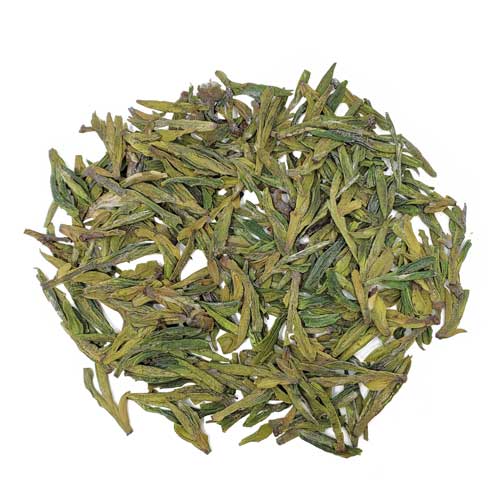
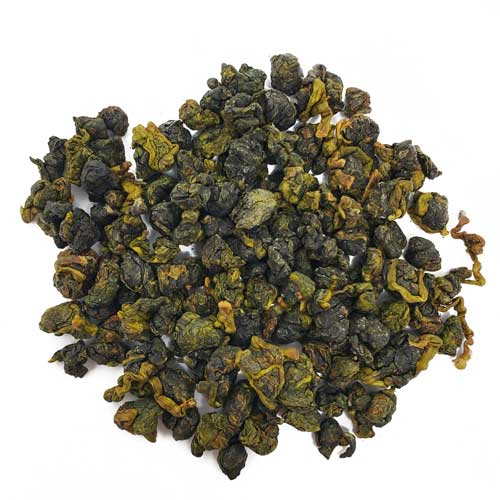
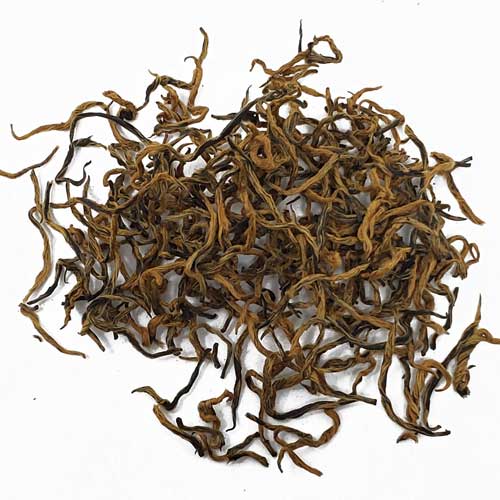
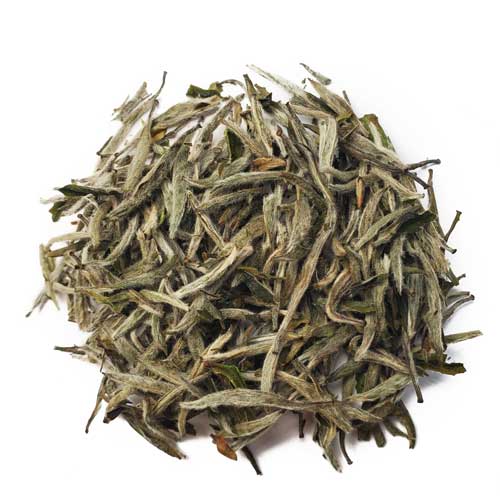
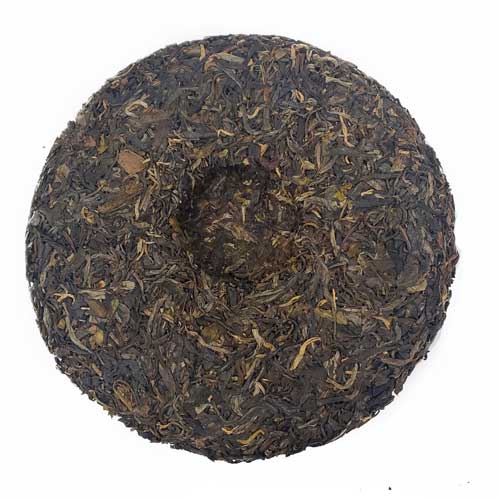
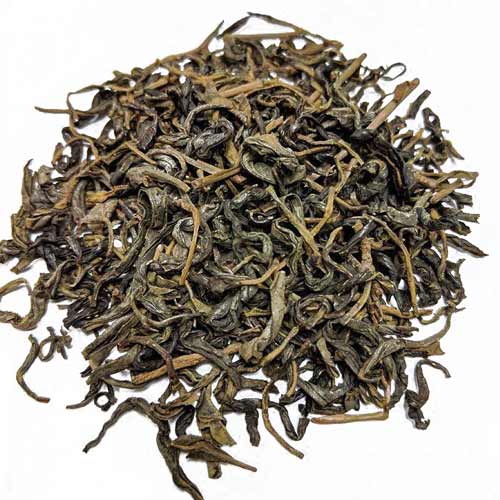
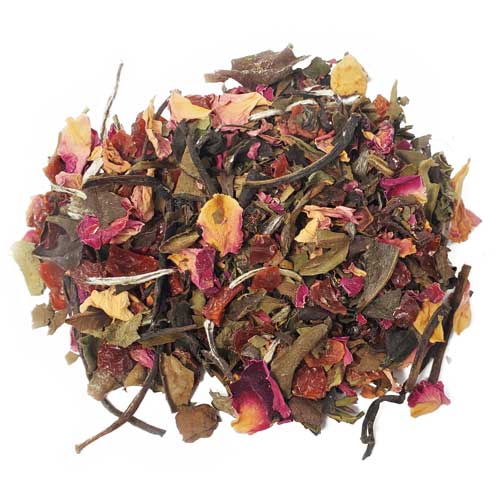
Leave a comment